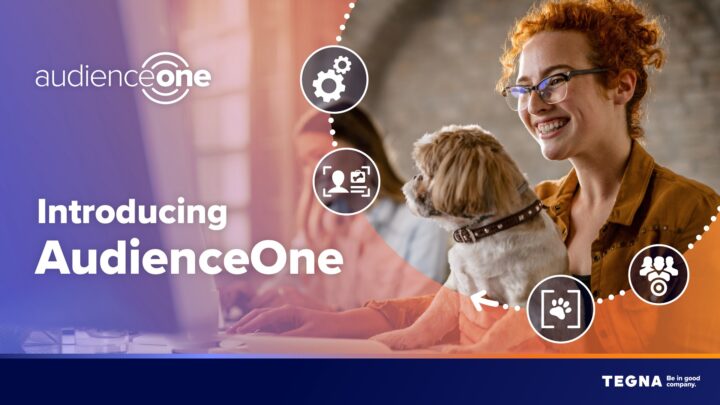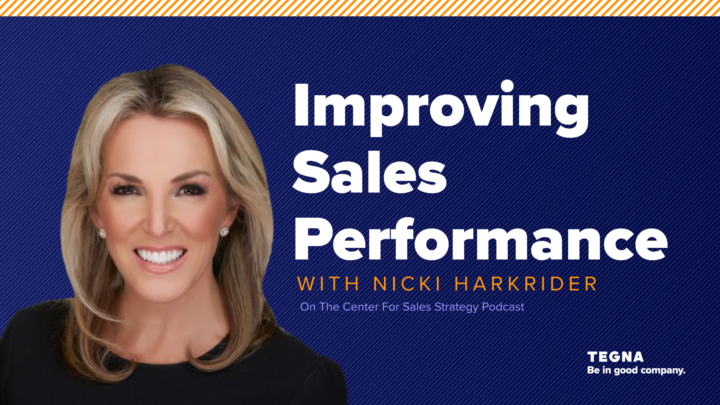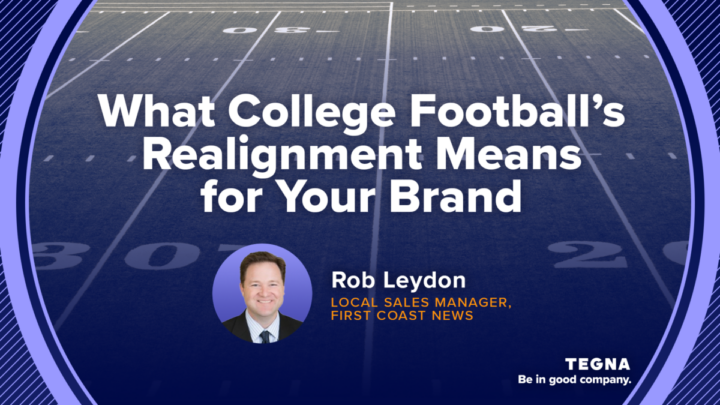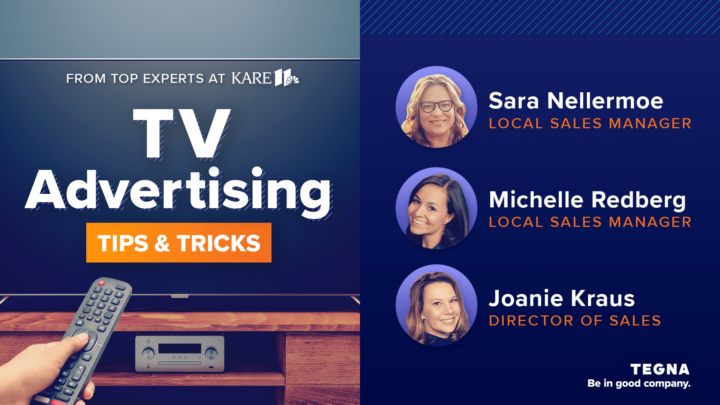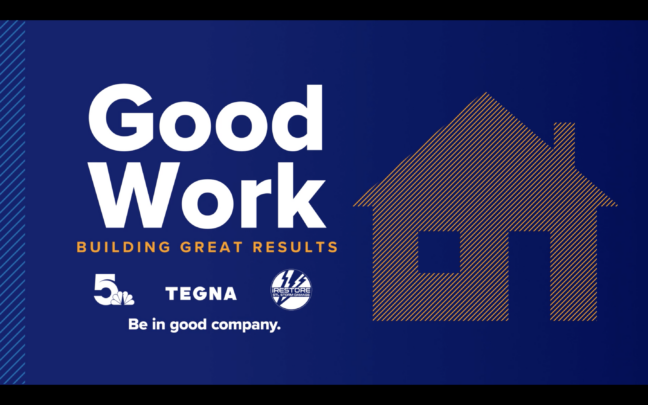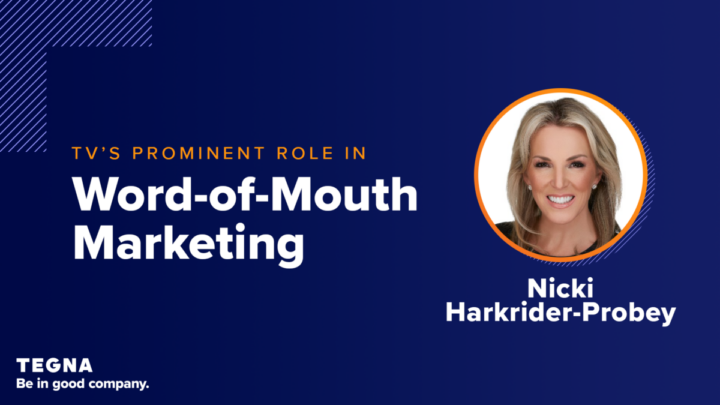TEGNA AudienceOne: See Improved Business Outcomes by Targeting Audiences Using First-Party Data
Third-party cookies are going away, leaving local businesses to face challenges when managing advertising and targeting new audiences. Chris Fehrmann, TEGNA’s VP of Digital Products, is here to explain the advantages of TEGNA AudienceOne and using first-party data to adapt to these current and upcoming industry changes.

 By Chris Fehrmann, VP of Digital Products, TEGNA
By Chris Fehrmann, VP of Digital Products, TEGNA
If you are a marketer, advertising agency, brand ambassador, or none of these titles, you would be living under a rock if you haven’t heard the happenings of consumer privacy, Google’s deprecation of the third-party cookie, or the changes to how tech companies are collecting data to use for ad targeting.
Even if you are not in the ad industry, you have seen marketing messages from large consumer tech companies presenting scary scenarios of unknown companies tracking every move, purchase, and action we take throughout our lives. Although there is truth to those messages, their creative teams have certainly painted a scary picture that could only come out of an “Enemy of the State” movie picture script.
The reality is the technology we use daily is collecting information about our behaviors and locations in ways that catalog the device by a unique but random and non-personalized identifying number. These actions and behaviors allow advertising companies to ensure that the advertising presented to them is relevant and interesting. And, as much as consumers think they don’t want this information collected, they should consider a world where the advertising presented to them is completely inaccurate to their interests, gender, or other demographic. The experience of viewing ad-supported media will be far dramatically worse.
Although I advocate for consumer choice and transparency into consumer data, there is still a gap in consumer knowledge and education on what data collection is safe, benefiting themselves, and which data collection should be of concern and be blocked. The education of consumers and technology changes are moving in different trajectories, not to the consumer’s benefit.
Technology changes are taking place as I write this article. The creation of sustainable solutions is being built while the “plane is flying.” However, there are a few things that are clear.
- First, the third-party cookie is going away, albeit on a schedule that benefits Google.
- Second, consumer privacy and the use of consumer data is evolving to put more transparency and control in the consumer’s hands.
- Last, local businesses may be the group that is at the highest risk of negative impact on these changes.
In most cases, local businesses are not self-reliant in managing their advertising. Nor are they actively collecting consumer information to be used for targeting their advertising, they use third-party cookies, whether they know it or not. They rely on local media companies and ad agencies to recommend and manage their advertising. This leaves local businesses dead center in the target for the current industry changes. Challenges for local businesses include:
Lack of Consumer Data – Most local businesses have not been actively collecting consumer data to use for future advertisement targeting. Apart from businesses that rely on repeat customers, identifying new customers is not within their resources, which is the primary reason they look to other advertising media. Even if a business started collecting data today, the time it would take to accumulate meaningful amounts of data would be too long.
Scale and Size of Consumer Data – Let’s be realistic about the reach and size of databases a local business could accumulate, even if they had the means to. By nature, they are a local business, only reaching a small subset of the local population. Producing meaningful size and scale of audience data to be used for future advertising will be a challenge without the support of techniques and partnerships expanding beyond their own reach.
Expense – Collection of consumer audience data requires technology. The use of data requires technology and the talent to know how. Both technology and talent would be incremental expenses to a local business that may not produce a positive ROI versus the alternative of outsourcing to other resources.
What should local businesses do? Prepare and plan now. Don’t wait for Google to deprecate the third-party cookie or for federal privacy legislation to be put into law. Instead, accept the reality that your advertising and marketing will require a shift and start to identify and test solutions now.
Local businesses should be talking to their ad agencies and local media to understand their current and future capabilities of providing solutions in a world that will rely on first-party consumer data (not third-party cookies.) Local media companies, such as TEGNA, are in a prime position to collect consumer data for local businesses due to their publishing of local news and information within the communities.
In fact, TEGNA recently launched a first-party audience targeting solution, TEGNA AudienceOne, that provides local businesses with over 50M active audience members, categorized into specific audience groups that local businesses may choose to target their advertising to. TEGNA AudienceOne does not rely on third-party cookies and is made up of high-valued local consumers who have interacted with TEGNA’s content across its 51 local media brands.
The current and upcoming industry changes are not the only reason to start shifting advertising to first-party audience solutions. Performance results also have proven to increase over the outdated, third-party solutions.
In a recent study of campaigns using TEGNA AudienceOne, click-thru rates exceeded standards by 26%, and video completion rates increased by an average of 7%. A first-party audience solution will not only help local businesses prepare for the future but also will help drive meaningful results and outcomes for their business.
To top things off, meaningful results and outcomes are also tied to brand safety. Consumers want to know their data is in good hands, and advertisers want to know that their budgets won’t be wasted or subject to ad fraud.
TEGNA’s TAG Certification Against Ad Fraud, combined with TEGNA AudienceOne, underscores TEGNA’s commitment to helping our advertisers’ businesses grow, along with the local economies they are a part of, in a brand-safe way that delivers good outcomes.
Sound Good?
With 64 TV stations in 51 markets and more than 58M monthly website visitors, TEGNA’s innovation is among the first local media publishers to offer a forward-facing advertising solution that uses first-party audiences. To learn more about TEGNA AudienceOne, contact us to team up with one of our media marketing experts.
